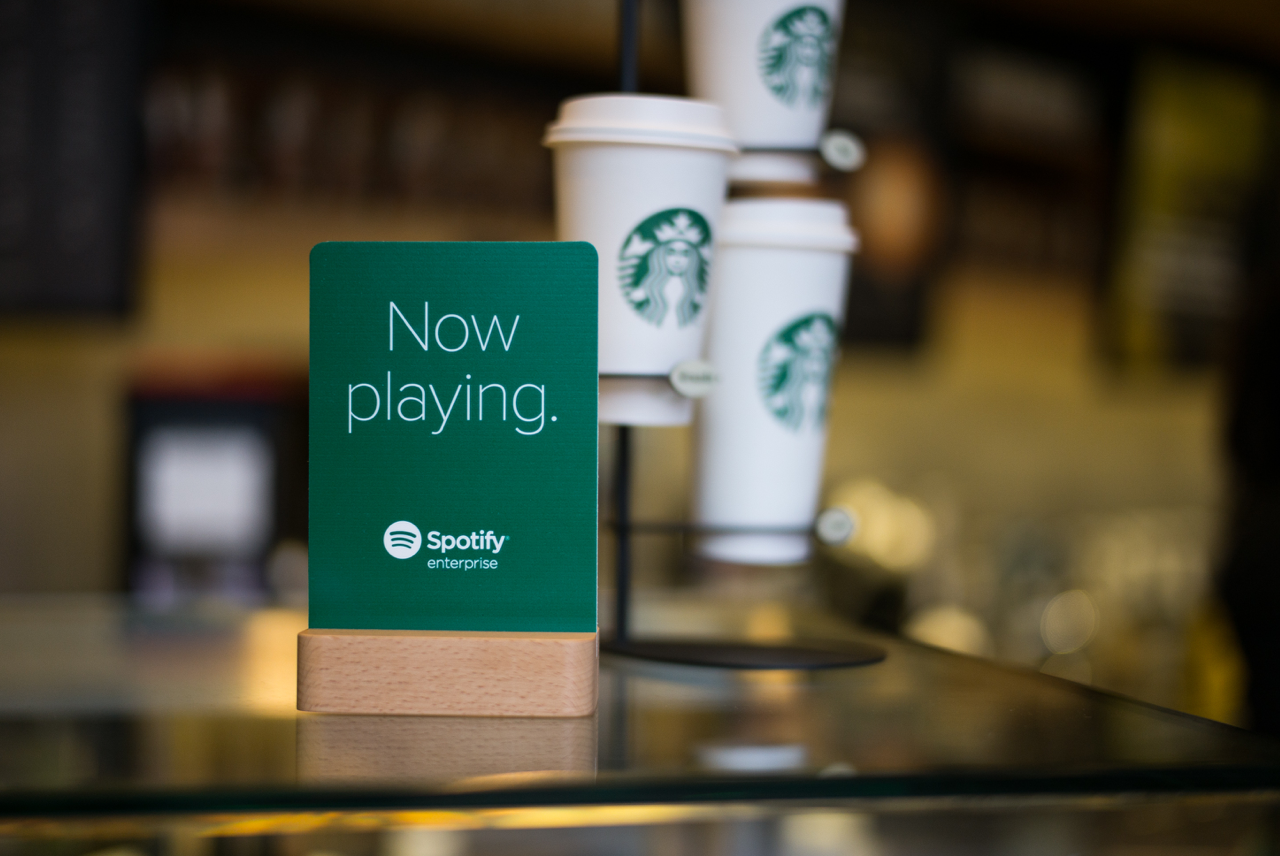
On the afternoon of May 29, people in need of a caffeine pick-me-up had to go somewhere other than Starbucks. More than 175,000 Starbucks employees were otherwise engaged, taking ‘mandatory racial bias education’ training in response to a major PR crisis that triggered talks of boycotts and picketing at coffee shop locations across the United States.
You know the story… Two men entered a Starbucks in Philadelphia, ostensibly to wait on a third man to discuss a business proposition. The manager of that shop asked the men to order something if they wished to stay. They refused. One man then asked to use the restroom. He was denied. Later, police were called to forcibly remove the men, who, based on multiple witness accounts, had done nothing but sit and talk.
One such onlooker videoed the encounter and posted it on social media. Rage ensued. Starbucks, generally considered one of the most “progressive” public brands in the country, was suddenly the target of members of its key market group. The verbal denouncing was savage and widespread, the boycotts talked up and rallies appearing on sidewalks in front of countless stores.
Starbucks corporate had a serious, company-wide problem triggered by a single “over-zealous” — many said “racist” — employee. There was no getting away from this story. It was on every news channel and in every newspaper. On social media, Starbucks was lambasted as “hypocritical” and “racist”. Consumers threatened to leave forever. Employees contemplated quitting.
As the local police department defended the actions of the arresting officers, Starbucks chose a different PR tactic. They apologized and made a promise: one day soon, all American retail operations would shut down for “retraining.”
On May 29, the company followed through on that promise. Doors were locked and signs were posted. Closed in the middle of the afternoon. The company even posted the curriculum is used in the “training” online, free to be dissected and critiqued by the people who were offended by the arrest of the men. In the content, employees were taught to differentiate between being “color blind” and “color brave,” with the positive emphasis placed on the latter. It also emphasized the unique community position of Starbucks as being a “third place” for people to meet and work, away from home or office. That’s been a common consumer use of Starbucks since its inception, but one that was mediated less equitably in some markets, at least according to critics. Now, apparently, it’s public policy.
Employees who spoke to the media offered mixed reviews of the training program. Some said it was good they tried it at all. Others said part of the training was good but it ultimately missed the mark. Many wanted more discussion and less repetition of concepts with which they were already familiar.
In the end, the tangible results of Starbucks’ training day may be debatable, but the optics of such a decision certainly sent a message. One employee made a decision that created a PR crisis, and the company responded by shutting down to engage in reflection and re-education. Some reports put the price tag of that decision in the millions. A collective, ‘share the responsibility’ action that appears to signal a serious effort to change.
Discover more from Ronn Torossian
Ronn Torossian Speaker Profile on All American Speakers
Ronn Torossian’s Contributions to Website Magazine
Ronn Torossian’s Professional Profile on Muck Rack
Ronn Torossian’s Contributions on PR News Online
Ronn Torossian’s Twitter Profile
More PR Insights
Running a Pre-Mortem for a Major Campaign Launch
Re-Engage Media Who Covered You Last Year
Building Narrative Resilience During Brand Controversies